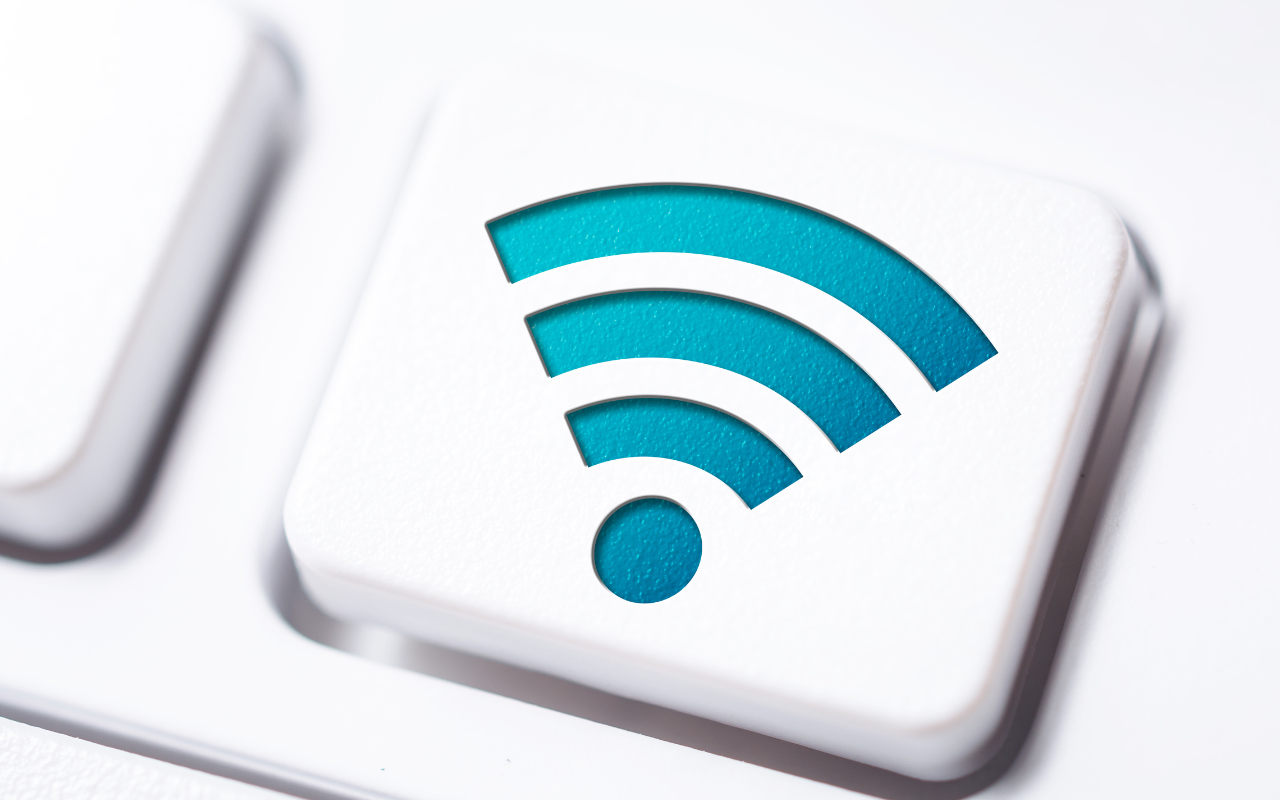If you’re an ASUS laptop user, you may have encountered an issue with your ASUS Driver WiFi randomly dropping, disrupting your productivity and entertainment. When you’re in the middle of an important job, this problem can be very annoying. Fortunately, several solutions can help restore your connection to its full potential. In this blog post, we’ll explore why your ASUS WiFi connection may be dropping and provide troubleshooting tips to fix it. Additionally, if you’re having issues with your laptop’s performance, City Laptop Repairs offers professional laptop servicing and Asus Screen Repair to ensure your device runs smoothly.
WE PROVIDE LAPTOP SERVICING. CHECK OUT OUR SERVICES
Understanding the Problem: Why Does My ASUS WiFi Keep Dropping?
Before we dive into the fixes, it’s essential to understand why your wireless connection may be dropping in the first place. There are several possible causes for WiFi disruptions on your ASUS laptop:
- Driver Issues: One of the most common reasons your WiFi drops intermittently is outdated or corrupted drivers. The WiFi drivers enable your laptop to communicate with your wireless network, and when these drivers are outdated or malfunctioning, your device may struggle to maintain a stable connection.
- Signal Interference: WiFi signals are prone to interference from other electronic devices, physical obstructions, or networks operating on the same frequency. This interference can weaken your WiFi signal, causing frequent disconnections.
- Router Problems: Sometimes, the issue lies with your router rather than your ASUS laptop. If your router has a weak signal or malfunctions, it can cause WiFi drops.
- Network Congestion: Many users experience issues connecting multiple devices to the same network. Heavy traffic can overwhelm the network, causing slow speeds or frequent drops.
Now that we know what might be causing the problem let’s look at how to fix it and get your ASUS laptop’s WiFi connection back to normal.
Step 1: Update Your WiFi Drivers
One of the main reasons WiFi disconnects is drivers that need to be updated or fixed. ASUS laptops typically have automatic driver updates, but it’s still a good idea to check for updates manually. Here’s how to do it:
- Open Device Manager: Press the Windows key, type “Device Manager,” then press Enter.
- Find Network Adapters: Find the “Network Adapters” area in the Device Manager window and make it bigger.
- Update the Driver: Right-click on your WiFi adapter (usually listed as something like “Intel Wireless” or “Realtek”) and select “Update Driver.” Choose “Search automatically for updated driver software.”
- Restart Your Laptop: After the update, restart your laptop to ensure the changes take effect.
If the automatic update doesn’t work or if you’re unable to find the driver, you can visit the ASUS support website, download the latest driver for your specific model, and install it manually.
Step 2: Restart Your Router
If your WiFi connection is still dropping after updating your drivers, the problem may lie with your router. It’s always a good idea to restart your router and modem to refresh the connection. Here’s how:
- Power Off: Pull the power plugs from your router and modem to turn them off.
- Please wait for 30 Seconds: Wait for about 30 seconds before plugging them back in. This allows the router and modem to reset and clear any potential issues.
- Reconnect: Once the devices are powered back on, reconnect your ASUS laptop to the WiFi network and check if the connection remains stable.
This simple restart often fixes temporary issues caused by router malfunctions or network congestion.
Step 3: Adjust Power Management Settings
Sometimes, your laptop’s power-saving settings may interfere with the WiFi connection. Windows may turn off your wireless adapter to save power, causing the connection to drop. To prevent this, follow these steps:
- Open Device Manager: Press the Windows key, type “Device Manager,” then press Enter.
- Find Network Adapters: Locate and expand the “Network Adapters” section in the Device Manager.
- Adjust Power Settings: Hold down on your WiFi adapter for one second, then click “Properties.” It will open the Properties window. Click on the “Power Management” tab.
- Uncheck the Box: Do not check the box next to “Allow the computer to turn this device off to save power.”
- Click OK: Keep the changes, then turn your machine back on.
By turning off this power-saving option, your WiFi adapter will stay active and maintain a stable connection.

Step 4: Change Your WiFi Channel
WiFi interference can also cause frequent connection drops, mainly if your router operates on a congested channel. You can change your router’s channel to make your link more stable. Here’s how:
- Login to Your Router: Open a web browser and type in the router’s IP address (typically “192.168.1.1” or “192.168.0.1”). You can find the exact IP address on the back of your router or in the manual.
- Access the Wireless Settings: Navigate to the wireless settings section once logged in. This is where you can adjust the channel and other WiFi parameters.
- Change the Channel: Change the channel from “Auto” to a specific channel (1, 6, or 11 are usually the best options for 2.4 GHz). Experiment with different channels to find one with the least interference.
- Save Settings: Save the changes, then turn your router back on.
This adjustment can reduce interference from nearby networks operating on the same frequency and improve the stability of your WiFi connection.
Step 5: Disable IPv6
While IPv6 is the latest internet protocol, it can sometimes cause issues with specific WiFi networks. Turning off IPv6 on your ASUS laptop may solve the connectivity problem. Here’s how:
- Open Network Connections: Find the WiFi icon in the system tray. Right-click it and choose “Open Network & Internet Settings.”
- Change Adapter Settings: Select “Change Adapter Settings.”
- Disable IPv6: Right-click on your WiFi connection and select “Properties.” In the Properties window, uncheck the box next to “Internet Protocol Version 6 (TCP/IPv6).”
- Click OK: Keep the changes, then turn your machine back on.
Disabling IPv6 can alleviate conflicts and improve your connection.
Step 6: Check for Windows Updates
Windows updates often include important fixes for connectivity issues, including WiFi problems. You must ensure that your operating system is always current for a stable internet link. To check for updates:
- Open Settings: Press the Windows key + I to open the Settings window.
- Select Update & Security: Click on “Update & Security.”
- Check for Updates: Press “Check for updates” to get new versions.
After installing updates, restart your laptop to apply the changes.
Step 7: Use a USB WiFi Adapter (Temporary Solution)
If all else fails, you can use a USB WiFi adapter as a temporary solution. These devices plug into your laptop’s USB port and provide a secondary WiFi connection. While this isn’t a permanent fix, it can help you stay connected while you resolve the underlying issue with your built-in wireless adapter.
NEED ASUS LAPTOP SCREEN REPAIR? CHECK IT OUT HERE
When to Seek Professional Help with Your ASUS Driver WiFi
If you’ve tried all of the above solutions and your WiFi connection is still dropping, there may be a deeper issue with your laptop’s hardware or software. In this case, it’s best to seek professional assistance. The technicians at City Laptop Repairs can thoroughly check out and fix any problems with your laptop’s hardware, including the WiFi connection. If your laptop screen is also giving you trouble, our Asus Screen Repair services can get your display working like new again.
Essential Steps to Fix Your ASUS Driver WiFi Connection
Your ASUS laptop’s WiFi could be disconnected for several reasons, such as old drivers or network disruptions. Following the steps in this post to fix problems, you can get your wifi connection back up and running and back to work without interruptions. If the problem persists, it might be time to consult professionals to ensure your laptop works correctly. City Laptop Repairs is here to help you with any repair needs, including Asus screen repair and laptop servicing, to ensure your computer operates smoothly.





